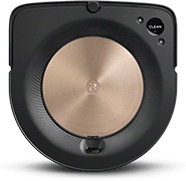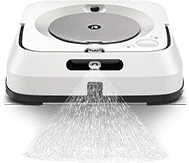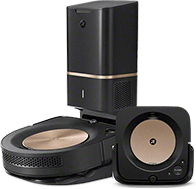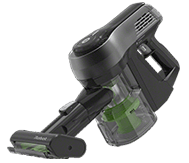What the heck is CADR?
So, you’ve decided to buy an air purifier. Maybe you have a child with allergies or you’re worried about the flu or just overall poor air quality. Whatever the reason, you want to make sure to get the air purifier that works best for you and your family’s needs. One of the best ways to compare air purifiers is by looking at their CADR scores.
What the heck is CADR?
CADR stands for Clean Air Delivery Rate. It’s a rating system that determines how fast you’re putting clean air into a room. CADR can be a useful standard to help keep consumers from being deceived by misleading marketing campaigns.
While CADR is the standard most often used in the United States, there are other international standards to consider when comparing purifiers.
What does CADR measure?
CADR measures how much air is filtered over a period of time for a particular pollutant. For instance, if you were particularly concerned about pollen, you could compare the CADR for pollen on various air purifiers.
The number you see represents how much volume of air is actually cleaned over a period of time from pollen pollutants.
What kind of particles does CADR test?
CADR tests how effectively purifiers can remove particular pollutants (pollen, smoke, and dust). It’s important to pay attention to which pollutants are listed for each purifier when making comparisons as sometimes companies will only use the pollutant that their purifier is most effective at removing. It is generally best to look for purifiers that list their effectiveness for all three pollutants.
What is a “good” CADR score?
The higher the CADR number, the faster the air purifier filters the air (with size limitations). However, making your choice purely based on the highest number could leave you with a cleaner that is far too large for the given space, wasting energy and money.
You want to choose a CADR that will work for the room size you’re planning to purify. The first step is to identify how many ACH you want.
What is ACH?
ACH, or Air Changes per Hour, is the number of times all of the air in a room is replaced with completely new air, in one hour.
This number is important because to properly clean the pollutants in any given area, the entire volume of air must be filtered and it can take time for the air furthest from the purifier to be cleaned.
The ASHRAE (The American Society of Heating, Refrigerating and Air-Conditioning Engineers) sets recommendations for the ACH of different facilities.
These are the recommended ACH for some common spaces:
Homes .35-1
Hotel rooms 1-2
Offices 2-3
Schools 5-6
Restaurants 6-8
Is there an easy way to find the recommended CADR?
If you’re aiming for an ACH of 2, a good rule of thumb is to divide your room size by 4 to find the recommended CADR.
For example, for a room that is 400 square feet, look for a CADR of 100.
Are there limitations to CADR?
Yes. While CADR is a helpful measure of an air purifier’s efficiency, it isn’t perfect. There are several drawbacks that need to be taken into account to give a more complete picture.
CADR is evaluated by testing in a confined room, that is no bigger than 400 square feet.
Testing in a small room does not give an accurate assessment of larger rooms, where some of the air purifier models would not be able to reach every corner due to their low airspeed at the outtake of the machine.
CADR does not show the air purifier’s performance over time.
CADR is usually evaluated for mint condition filters and not valid for the entire lifetime of the machine.
CADR does not measure ozone: The effects of ozone can be just as dangerous as poor air quality.
Look for an air purifier that doesn’t use ozone.
CADR doesn’t measure gas.
Gas pollutants can be very dangerous and a purifier’s effectiveness at reducing gas is completely unrelated to how well it reduces particles. There have been some advances recently in European and Asian standards to test air purifiers for removal of certain gas types.
CADR doesn’t measure noise.
In order to test CADR rating, purifiers are run at their highest possible setting, which usually generates a lot of unwanted noise and isn’t practical for long-term use in your home or office.
In summary…
While CADR ratings aren’t perfect, they are currently the most consistent and reliable standard available to compare purifiers. Make sure to do your research before deciding which one is best for your family.
This post was originally published on April 10, 2020, and was last edited on October 24, 2021.




